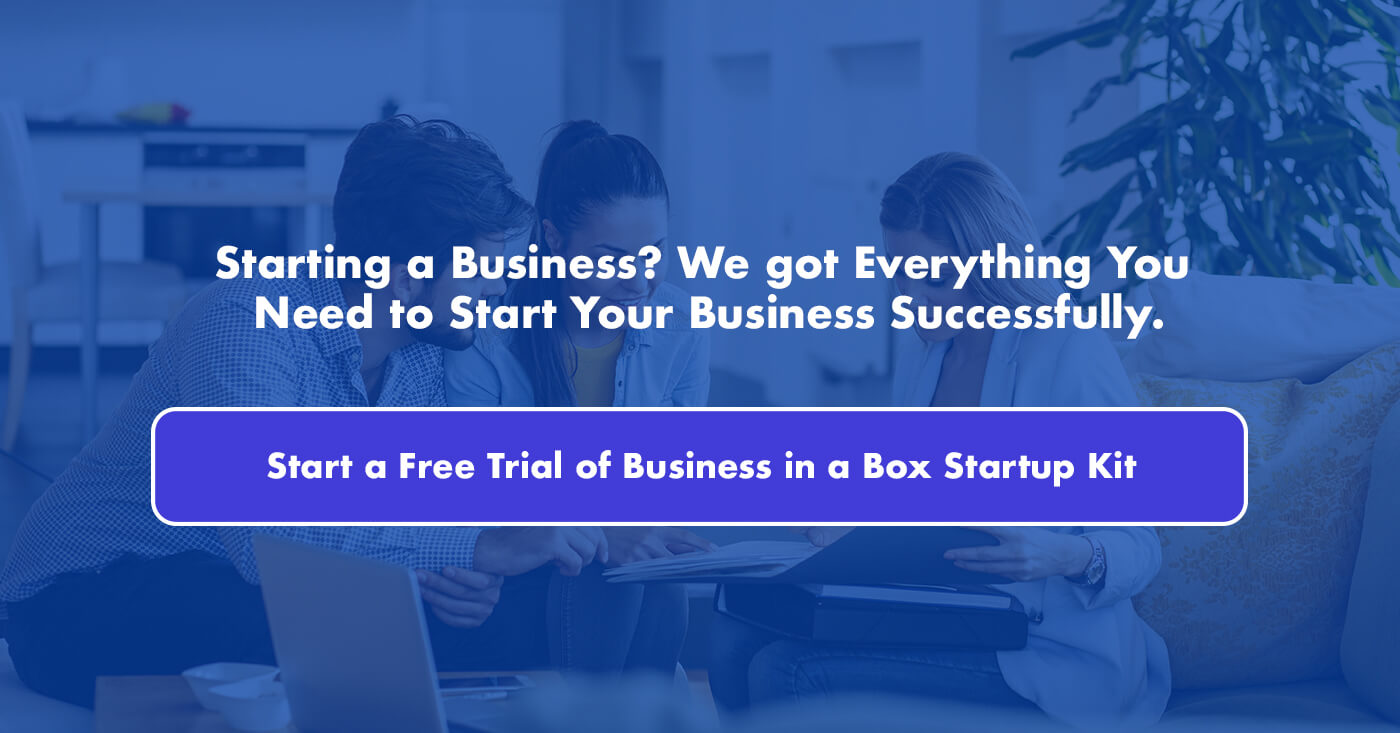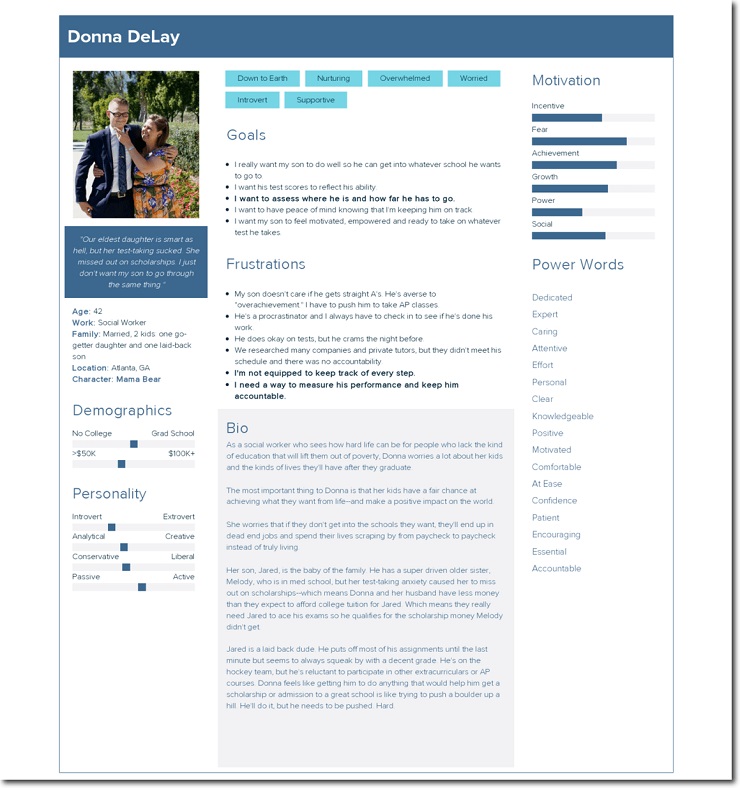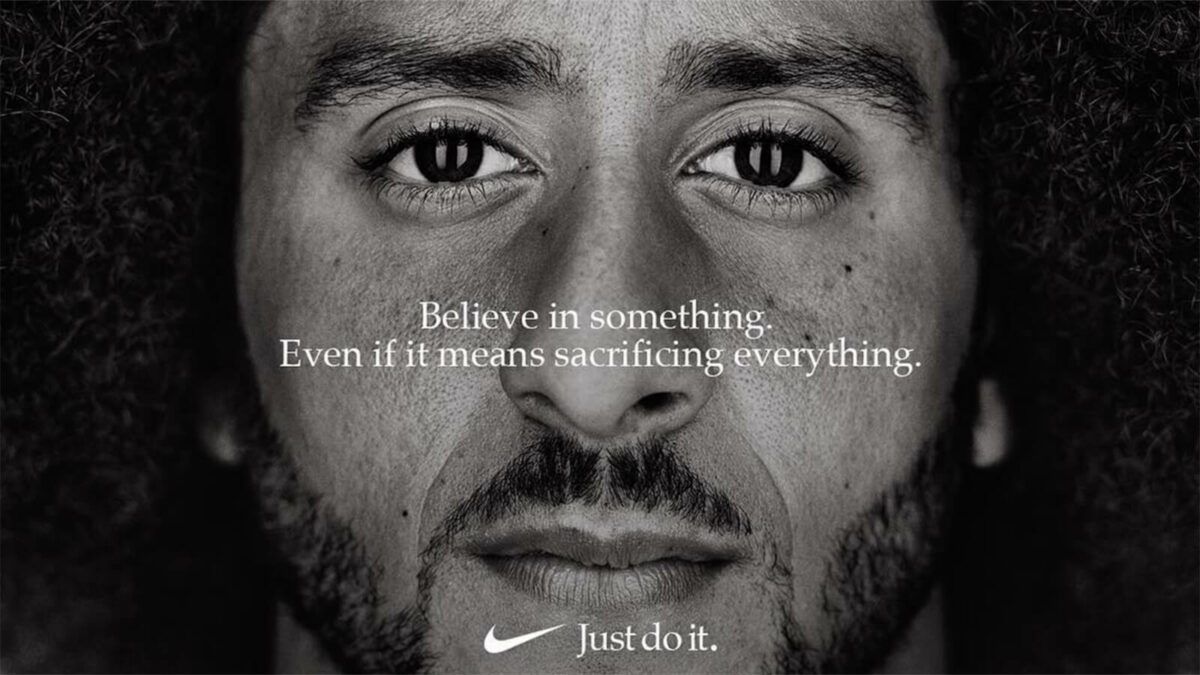Look, I get it. You’re in the middle of launching your product. You’ve poured your heart and soul (and most likely a painful amount of money) into your new creation, poised to be released unto the world…
And here I am, one of those artsy-fartsy marketing types telling you that no matter how great your product is, if your business growth strategy lacks a good story, it’s all for naught.
Storytelling? You’re building a business, not writing the next Harry Potter!
It’s understandable if you roll your eyes a bit. Go ahead. I don’t mind.
The thing is, human nature is human nature. And human decisions, for better or for worse, are led by emotion, not reason. As in the feels, not the thinks.
If you’re launching a product to be bought and used by human beings, you need to consider the story that your customer wants to tell about themselves—and what story your product tells about you.
If you want your business to thrive in the long term, your top priority should be satisfying your target customers’ craving for a well-told story, and you can do this by applying six key elements to your branding and marketing.
Not convinced? Just look at these folks: the Edwards family.

You’d never know by looking at them that they are the creators of one of the most successful Shark Tank-funded products of all time.
Who would have thought that these nice, wholesome Utahns would be the founders of Squatty Potty, or that Squatty Potty would go on to make over $30 million in sales?
I mean, it’s a footstool to help you poop better. Is that a $30 million idea?
You freaking bet it is—as long as the story inspires your target customers’ sense of curiosity and excitement. Behold:
The Edwards family was a bit skeptical when quirky marketing agency Harmon Brothers pitched them the marketing strategy idea: one that involved unicorns pooping rainbow ice cream and a crazy amount of cheeky humor.
Sure, it’s a little out there, but it also tells a clear, concise story about why you need this product, in a way that’s compelling and makes perfect sense.
So they took a $250,000 gamble on producing the world’s weirdest YouTube ad. And man, did it pay off. The YouTube video has been viewed 34,226,384 times, and those views led to a buttload of sales.
In addition to becoming multimillionaires, the Edwards have changed the way millions of people poop. All because they trusted the power of a good story to inspire people to give their wackadoodle product a try.
And if they can sell a pooping stool to the masses using the art and science of business storytelling, you can sell your life-changing product, too.
How can you harness the power of story for wildly successful startup growth?
For that, we’ll need to explore some key elements of storytelling that directly translate to your business values, positioning, product development, and marketing strategy.
Want to grow your business with storytelling? By the end of this journey, you’ll have the wisdom you need to create your own epic tale of startup success.
Business Storytelling Element #1: The Theme or Purpose
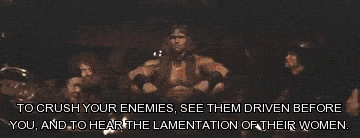
What the story is about; a philosophy, a message, an idea at the heart of a story.
The theme represents universal principles and truths that we recognize, regardless of the plot of the story.
Example: Harry Potter is a story about the power of love versus the love of power.
Notice the above statement doesn’t mention Muggles, wizards, or Hogwarts. The theme of Harry Potter could very well be the theme of Star Wars, Lord of the Rings, or even Yertle The Turtle.
Why is having a theme important?
A theme gives you a central idea around which to build everything else. It gives you a driving force to guide your decisions on what to include in your story, and what not to include.
How does this translate to growing my business?
In business, the theme of your story reflects the core values, purpose, and principles you use to guide your operations, product development, and growth.
When you build your business growth strategy around your central theme, it will help you avoid common startup founder pitfalls, like cramming too many features into a minimum viable product.
Case Study: Burt’s Bees
Here’s the theme that drives natural skincare company Burt’s Bees:

If you look at the core values represented in this purpose statement, you’ll see a theme:
“We look after our own.”
“Our ingredients are…simple, natural, and responsible.”
“The Greater Good.”
They’re telling a story about the power of dedication, responsibility, simplicity, and big-picture thinking. So when it comes to launching new skincare or cosmetic line, the folks at Burt’s Bees have a guiding vision that will keep them focused on the purpose of their product—and will get it to market faster.
Business Storytelling Element #2: The Hero, or Target Customer
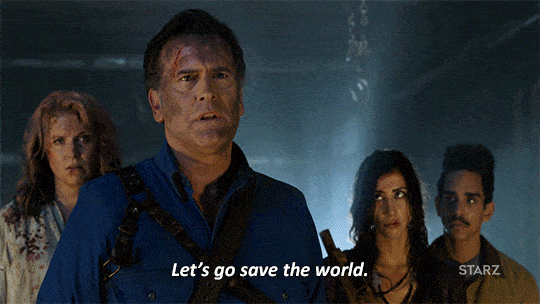
The character whose journey the audience cares about the most.
Most protagonists are trustworthy and likable, although some might come off as scoundrels to other characters.
Example: Moana is the daughter of a village chief. She lives on an isolated island and has always yearned to sail the ocean, despite her father’s warning that no one must go beyond the shallow waters of the reef.
Why is having a hero important?
The protagonist is the proxy for the audience, the one they can empathize with. There’s a neurological phenomenon that happens when you listen to a story: your brain reacts like it’s actually experiencing the events. A relatable protagonist is the key to making that happen.
How does this translate to growing my business?
Your customer is the hero of the story you’re telling with your business idea. They’re the ones on a journey.
Your product is a tool the hero can use to get closer to accomplishing their mission in life, whether that mission is providing a safe home for their family, attaining a certain status, exploring the world, or helping people in need.
When your business is customer-focused rather than product-focused, you’ll not only discover the messaging that will most appeal to your customer’s emotions so they’ll buy, but you’ll also discover opportunities to provide your customer with more features and products to get them where they want to be.
That’s why every new customer-facing venture needs to start with a persona or customer avatar. It’s an essential tool for understanding who your target customer is, what they most desire, what they struggle with, and how your product can best help them overcome their struggle.
Case Study: Testive
College admissions test prep program Testive came to me for copywriting help because they had reached a plateau in terms of customer acquisition. When they first started out, they created a website with the vague notion that high school juniors and seniors looking for ACT and SAT practice tests would be their main customers.
Before Customer Persona: Targeted to high school students
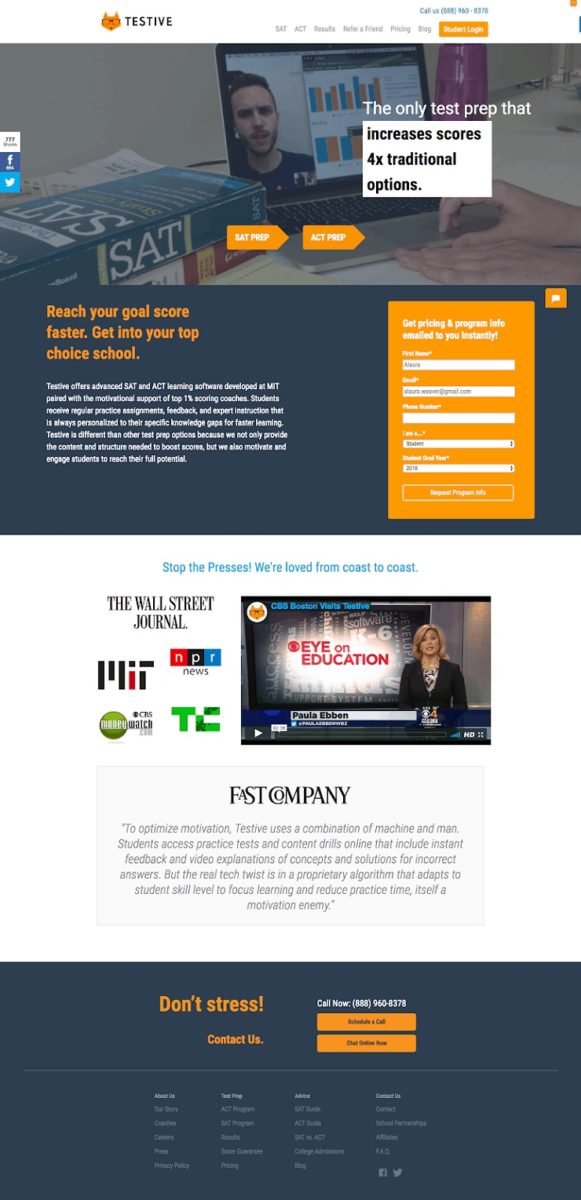
But after digging into who was actually buying from them, we discovered that it was the parents, especially mothers, who were making the decisions to sign up for their paid test prep coaching program.
So after doing research into the main reasons their current customer base was buying from us, we distilled their main customers into three distinct personas—all moms, all with different motivations for seeking help with their kids’ college test prep.
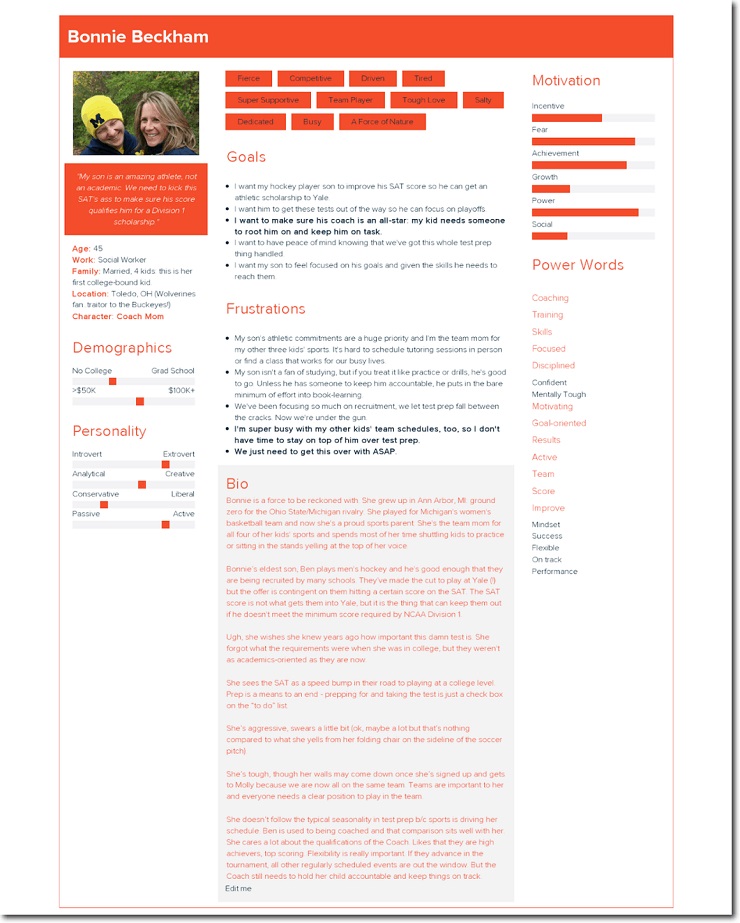
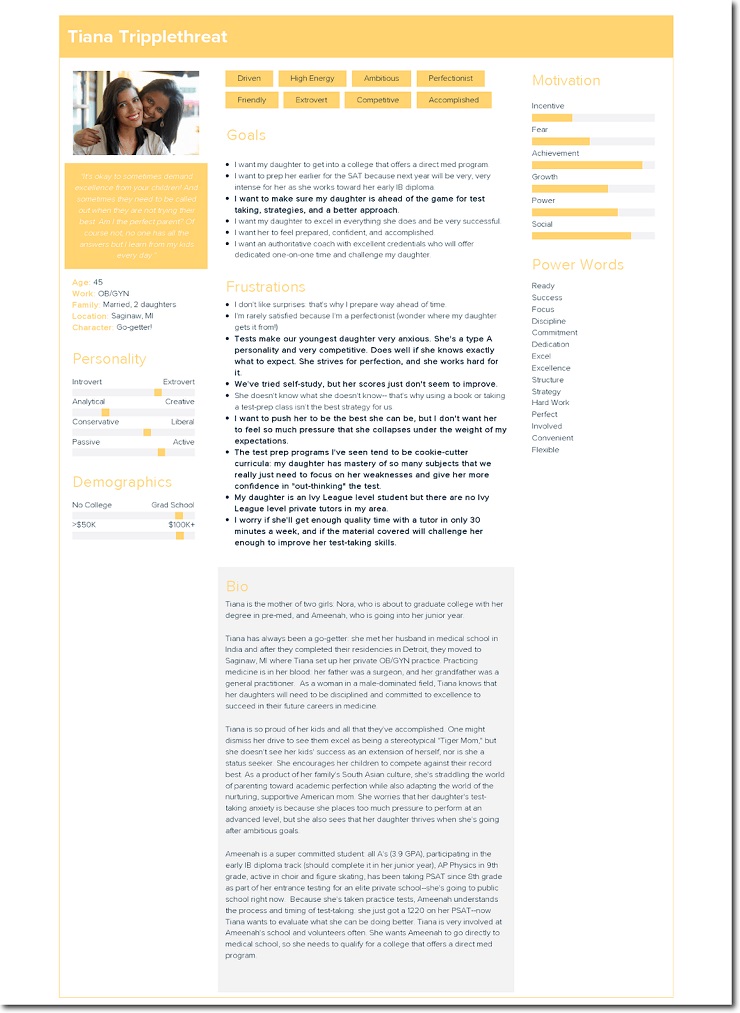
Knowing precisely who our target customers were and what circumstances led them to purchase a coaching plan shaped everything we did next in the brand repositioning and website redesign project.
After Customer Persona: Targeted to parents seeking three different kinds of results.

The result? Testive’s marketing director tells me they’re watching their sales skyrocket as they see more qualified leads requesting consultations. In fact, they just added three new members to their customer success team to keep up with the new business coming their way.
Business Storytelling Element #3: The Mission, or Job To Be Done

The short-term and long-term goals of the protagonist.
The mission is what the hero wants to accomplish, both within the events of the story and beyond.
Example: Bruce Wayne’s short-term mission is to rid Gotham of criminal elements like The Joker. His life’s mission is to finally avenge his parents’ deaths so he can feel a sense of justice in an unjust world.
Why is a mission important?
If your hero doesn’t have a mission, they might as well just hang out in their parent’s basement rent-free for the rest of their life—or until their parents evict them.
How does this translate to growing my business?
What your customer is trying to accomplish in a given circumstance, or “job to be done,” is essential to creating and selling a product that is relevant to your customer’s life. Knowing your customer’s short-term job to be done while offering a solution to their long-term job to be done makes the difference between a tire-kicker and a customer for life.
In a 2016 article for Harvard Business Review, Harvard Business School professor and innovation expert Clay Christiansen said, “Innovation can be far more predictable—and far more profitable—if you start by identifying the jobs that customers are struggling to get done.”
When companies use a jobs-to-be-done approach to delivering value to their customer’s needs at a functional and experiential level, their growth accelerates in ways they rarely anticipate.
Watch Christiansen discuss how he helped a fast-food company boost milkshake sales by applying the jobs-to-be-done technique.
The thing is, figuring out what your customer wants isn’t as simple as asking them point-blank. Your discovery process should involve more than a customer survey—it involves observation and in-depth conversations that may go beyond the scope of the use case you want to understand.
What will your customer hire your product to do?
Here’s a step-by-step introduction to this approach, with a downloadable Jobs-To-Be-Done canvas from innovation consultant Tony Ulwick that will help you identify your customer’s mission.
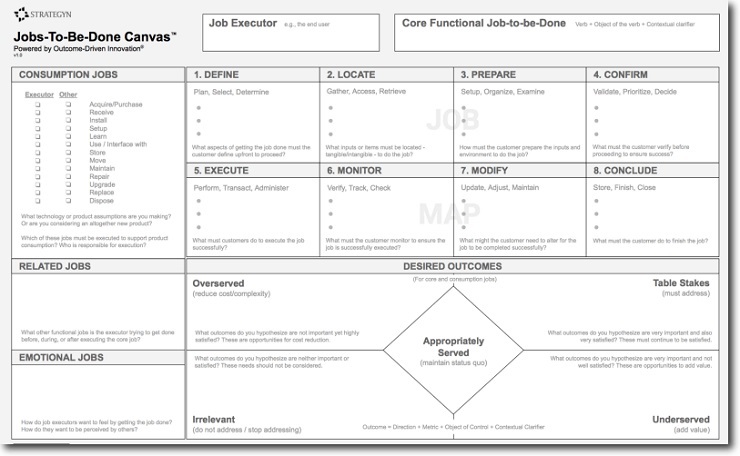
This tool will help your product and marketing teams discover:
- What group of customers to target for growth
- What job the customer is trying to get done
- All the steps that comprise the customer’s job-to-be-done
- Associated consumption, related and emotional jobs
- The customer’s desired outcomes (needs) associated with getting the core and consumption jobs done
Business Storytelling Element #4: The Obstacle or Pain
What stands between the hero and their goals, and what’s at stake if they fail to achieve their goal.
Every great story has some kind of conflict the hero must overcome, whether it’s an internal conflict like Hamlet’s struggle to have the courage to avenge his father’s murder or an external conflict like Chuck Noland’s battle to survive on a deserted island in Cast Away.
These conflicts can only happen if there’s an obstacle preventing the hero from accomplishing their quest. Obstacles can come in any form: another person, a hero’s lack of skills, a physical structure, natural events, illness, poverty, and even time itself.
Why is the obstacle important?
The purpose of the obstacle is to create increasing tension, which sustains the audience’s attention and helps them to reach that state of transportation where they physiologically experience the events of the story.
How does this translate to growing my business?
Your customer may see an obstacle, but as an entrepreneur, your job is to turn your customer’s obstacles into business growth opportunities. When you demonstrate that your product is in direct response to their pain, you win your customer’s trust so they will buy with you.
How can you identify your customer’s pain? By having real-time conversations with them.
When Drift co-founder and CEO David Cancel founded his first software company, Performable, he didn’t have enough budget to hire customer support staff. So he asked his engineers to take shifts answering customer support calls. The engineers argued that talking to customers would take away from their maker time, but they reluctantly started answering the phone.
The customer conversations not only had a drastic impact on their front-end relationships with customers (who were delighted to speak with a person who actually made the software), but also their rate of back-end innovation.
“There was one specific thing that I was trying to get the team to do, and no matter how I positioned it and what kind of drug deal I tried to run, they were not buying it and they were just like, ‘No, you don’t understand. It’s so difficult. It would take forever to do this,’” Cancel said in a recent interview for Hotjar’s podcast, The Humans Strike Back.
“Then, all of a sudden, I saw that thing done in a matter of hours and I asked one of the engineers, ‘How did you do that? You told me it was going to take a long time,’ and they said, ‘Well, I heard from three customers today about this thing so I just figured out a way to fix it,” and that was the light bulb moment for me.”
This knowledge led Cancel to develop a customer-driven methodology where every step of product development and business growth is related to how it solves the customer’s problem.
You can download Cancel’s book, Hypergrowth for free on the Drift website.
Business Storytelling Element #5: The Plot, or Strategy
How the hero confronts and overcomes the obstacles so they can succeed in their quest.
Once you’ve established the theme, hero, mission, and obstacle, you have the foundation upon which you can build your plot. The plot, in essence, is the sequence of events leading to the hero’s ultimate success (or sometimes, failure) in achieving their mission.
Why is the plot-important?
Most plots follow one of a few basic frameworks. Turning that framework into a compelling, engaging story that people immediately connect with depends upon the four elements discussed above, along with a captivating setting and a cast of intriguing secondary characters.
How does this translate to growing my business?
The plot directly reflects your marketing strategy: the role you play in your customer’s life, how your product will aid in your customer’s journey, and how you will communicate this to your customer.
How will you get them from point A to point B? The plot is the customer experience you’re selling.
Here are some common plot frameworks:
The Underdog

The hero sets out to defeat a force bigger than them that threatens them and/or their homeland.
Examples: David & Goliath, The Neverending Story

Outdoor brand Patagonia’s marketing strategy follows The Underdog framework. From their 2011 “Don’t Buy This Jacket” ad campaign to suing Donald Trump for “stealing public lands,” they’re picking a fight with consumerism to protect wild places. All of their messaging invites their customers who care about the environment to join them in this battle.

Another, polar opposite (and some say dangerously irresponsible) example of The Underdog marketing strategy is the NRA, which pits responsible gun owners against the growing forces of the “liberal elite” who seek to take their guns out of their cold, dead hands. Nearly every bit of content from the NRA is a call to action to fight on behalf of gun rights.
Rags to Riches

The hero who starts out at a disadvantage realizes their full potential, against all odds.
Examples: Harry Potter, The Little Engine That Could

Nonprofits and social enterprise companies often use the Rags to Riches plot. Microfinance company Accion, for example, gives people living in poverty a chance to build wealth. Scholarship search app Scholly offers a hand-up to underprivileged students by making the scholarship application process easier.
The Quest
The hero and some companions set out to acquire an important object or to get to a location, facing many obstacles and temptations along the way.
Examples: The Lord of the Rings, Moana

Many B2B SaaS companies sell The Quest plotline, in which they are the companion to the customer’s journey toward a specific goal, like increased sales or more efficient inventory management. Their product is often positioned as a scarce object that makes their journey possible. Some examples are Forecastly, an inventory management platform for Amazon sellers, or customer messaging platform Intercom.
Voyage and Return

The hero gets transported to a strange land and, after overcoming the threats it poses, returns with experience.
Examples: Alice in Wonderland, Cast Away, The Odyssey
If you’re offering an experience in which your customer will come away physically changed or with new knowledge, be it a spa day, a vacation, personal training, a conference, coaching services, a mastermind group, a course, or a business incubator, you’re selling the Voyage and Return plotline.
I recently rewrote the copy for the FemmeQ leadership summit using the Voyage and Return concept. Another great example of a campaign that beckons the customer to join the voyage and return changed is this campaign from the rural Alpine region of Graubünden, Switzerland.
Will Your Startup Live Happily Ever After?
Ultimately, storytelling for business growth offers a way to stay true to your values while keeping your customer at the center of every decision you make, from your product development through your marketing strategy and customer support.
When people see that you’re doing everything you can to deliver meaningful value to them, they’ll continue to buy from you, so they can see the story you’re telling become a reality for them.
And when that happens, you’ll realize the story you’ve been seeking to tell about yourself: the one about the entrepreneur who had an idea that changed lives for the better.
The End.
What story is your business telling? Let me know in the comments below and I’ll offer feedback and advice!
Cut your time in half by downloading your documents ready to fill. Improving your productivity and Automating your business with business in a box.



